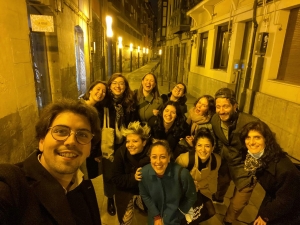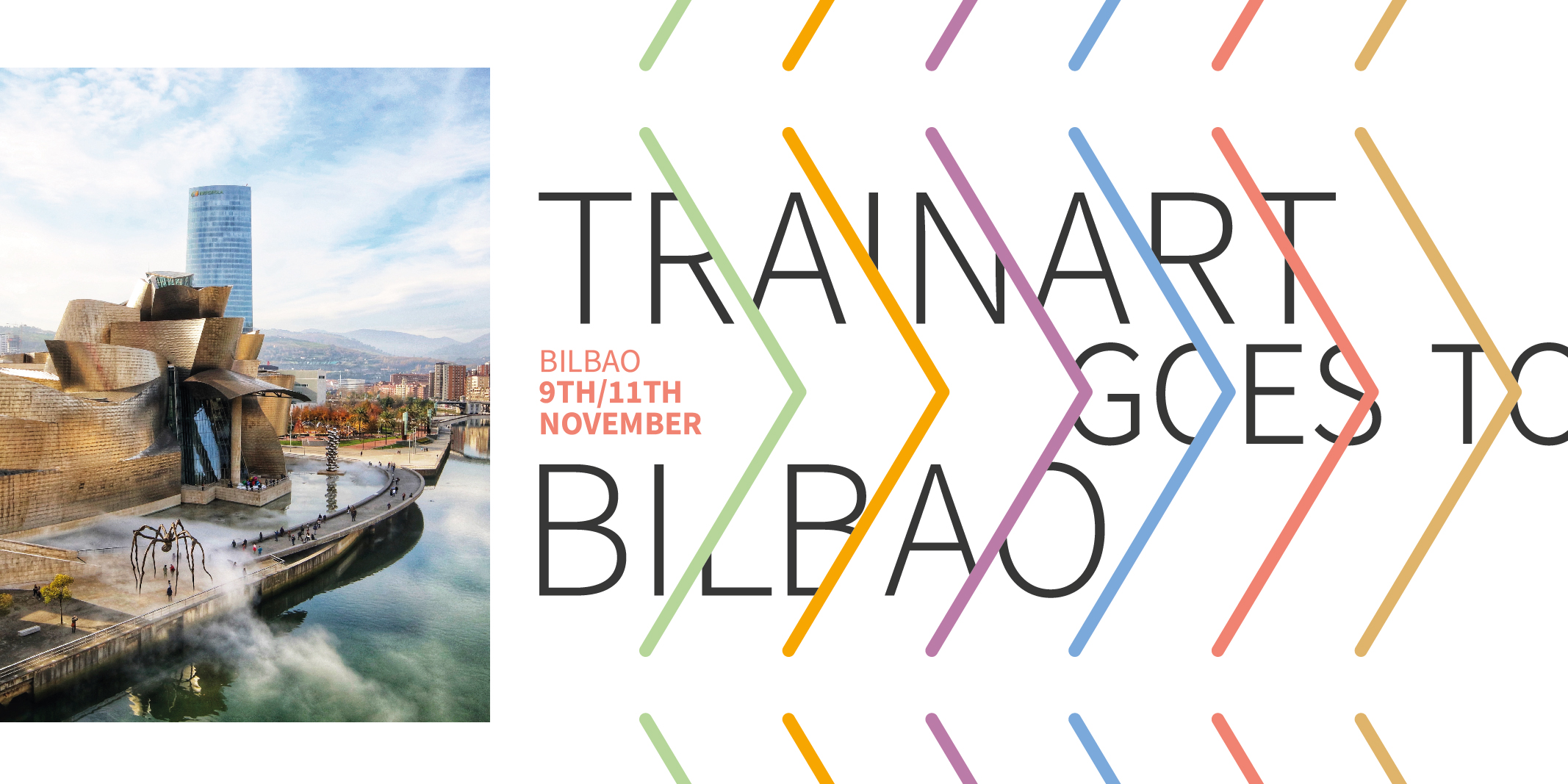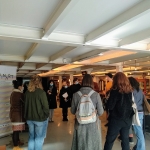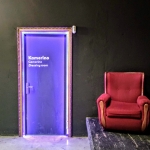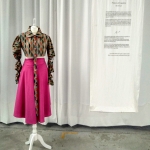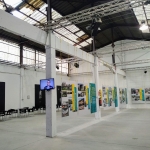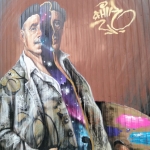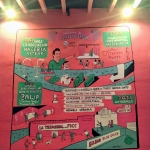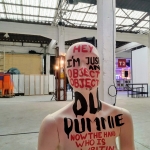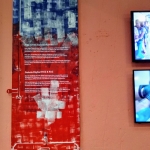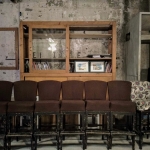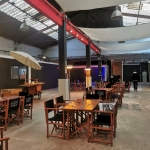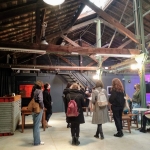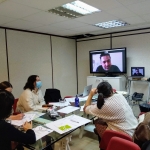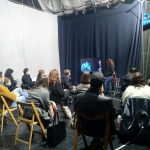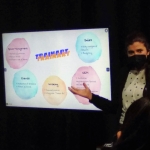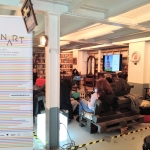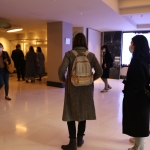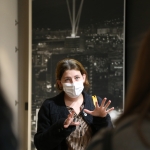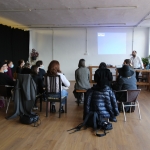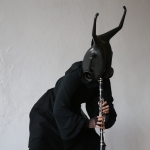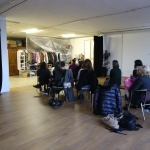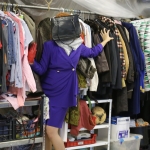From 9th to 11th November, TrainArt travelled to Bilbao (Spain) for the first project field trip, a great occasion for participants to meet face-to-face after more than a year of online activities.
Partners and beneficiaries from Italy, Serbia and Sweden paid a visit to the Spanish colleagues and had the chance to explore the cultural potential offered by the Basque city of Bilbao.
Interestingly enough, the cultural transformation of Bilbao has only started recently. The city used to be a heavy industrial centre, characteristic that left an evident mark on its environment, but also a generous heritage in terms of buildings and opportunities for development.
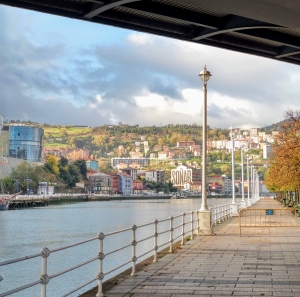
Haceria Arteak, the Spanish partner of the project, has saved many of these buildings from being demolished by investing in their cultural and artistic potential. Their actions started in 2008 with the launch of the project ZAWP – Zorrotzaurre Art Work in Progress, with the aim to provide an artistic, innovative and creative look at the urban project designed by the famous architect Zaha Hadid for the Zorrotzaurre peninsula in Bilbao. The project is an exercise in reflection and interpretation which, in turn, is working on the social and economic regeneration of a run-down industrial area. The key is finding opportunities based on culture and innovation, without forgetting the importance of preserving the memory of this peninsula that in a short space of time will become an island.
As a result, ZAWP’s “home” La Terminal – FICC has become a centre for “creative creation”, providing spaces for graphic installations, art exhibitions, photo and video shootings, meeting rooms, residencies for artists, a cafeteria and more. The cultural and artistic co-creation opportunities that can spark in here are endless.
The programme, which can be consulted here, included visits to the Spanish beneficiaries, who had the opportunity to introduce their future pilot actions:
- Blanca Arrieta: with her project “Zeit Geist“, Blanca wants to bring old industrial heritage buildings to life by “activating” sounds and memories of the place with a sensory performance.
- Pablo Ibarluzea: using the peculiar expertise in mask performances of the Pablo Ibarluzea International Theatre School, Pablo aims at extending the impact of its periodical lessons in a longer-term, enabling the artists to inhabit new and more spaces and so spreading their practices.
- Laura Diez Garcia, ANTespacio: Laura wants to invest in the opportunity to make her art exhibition of the project Artoteka available for rent, therefore allowing the transferability of the art pieces to different locations, e.g. for public and private events, without compromising them.
- Ines Delgado, Zirkozaurre: in the management of all its activities, Zirkozaurre wants to implement the CRM tool Odoo, which will significantly cut the efforts spent on time-consuming activities such as administrative and organizational practices, leaving more time to be dedicated to creative-thinking and implementation.
- Zirkozaurre
- Zirkozaurre – Ines Delgado
- Blanca Arrieta
- Artoteka
- Artoteka – Laura Diez Garcia
- Pablo Ibarluzea
- Pablo Ibarluzea International School of Theatre
- Pablo Ibarluzea International School of Theatre
- Pablo Ibarluzea International School of Theatre
Overall, this first field visit has been very well received by the beneficiaries, as it was an occasion for “live” networking and immersive experiences. The knowledge gained during the trip will be treasured as an input to those pilot actions still to be implemented.
Watch these two videos to know more about the beneficiaries perspective
Our next trip will be in Novi Sad, Serbia, with Field B – artistic interventions in non-conventional contexts. Stay tuned!
Greetings from our big international family!
